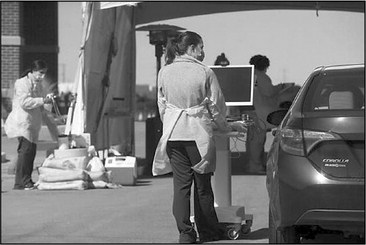Wisconsin labs running far under COVID-19 testing capacity


As we’ve watched the coronavirus make its way around the world, noting its trajectories in different countries, a message has become clear: Widespread testing can limit the spr...
